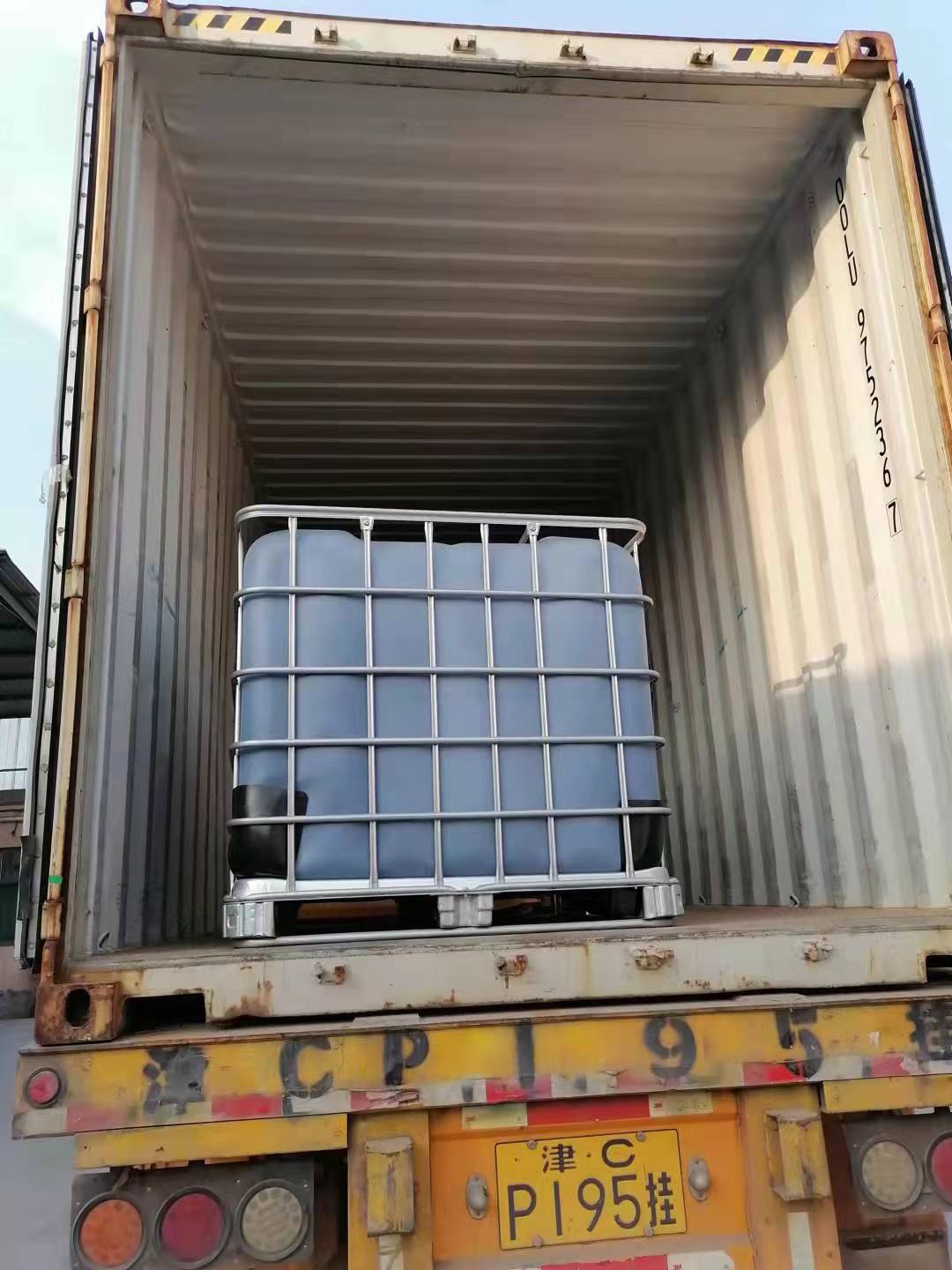- No. 268 Xianghe Street, Economic Development Zone of Xingtai city, Hebei 054001 China
- Byron@hbhongri.cn
making paprika
The Art of Making Paprika A Culinary Journey
Paprika, a vibrant and versatile spice, is a cornerstone in many culinary traditions around the world. Known for its rich red color and range of flavors, paprika can transform a dish from mundane to exquisite. In this article, we will explore the origins of paprika, the process of making it, and how to incorporate it into your cooking.
The Origins of Paprika
Paprika has a storied history that traces back to Central and South America where it was first cultivated. The spice gained prominence in Europe after Christopher Columbus brought the capsicum pepper back from the New World in the late 15th century. Hungary and Spain quickly became the primary centers of paprika production, with each region developing its unique style and flavor profile. Hungarian paprika, for instance, is known for its sweetness and depth of flavor, while Spanish paprika, or pimentón, often carries a smoky undertone.
The Process of Making Paprika
Making paprika is an art form that requires precision and care, beginning with the selection of the right peppers. The peppers used for paprika are typically dried varieties of Capsicum annuum, which can range from sweet to hot. The choice of pepper will significantly affect the final flavor of the paprika.
Once the peppers are harvested, they undergo a drying process. Traditionally, peppers are sun-dried to preserve their flavors and natural pigments. This slow drying process allows the sugars in the peppers to concentrate, resulting in a richer and more complex flavor. In modern production, peppers may also be dried using dehydrators or ovens, but care must be taken to avoid overheating, as high temperatures can diminish the spice’s vibrant color and flavor.
making paprika

After drying, the peppers are ground into a fine powder using stone mills or grinders. The grinding process allows the essential oils and flavors to be released, creating the aromatic spice we know as paprika. Depending on the intended use, paprika can be ground to different textures, from a coarse seasoning to a fine powder.
Incorporating Paprika into Your Cooking
Paprika is remarkably versatile and can be used in an array of dishes. Whether you are making a hearty stew, a light salad, or a savory dip, a dash of paprika can enhance the overall flavor. In Hungarian cuisine, paprika is often the star ingredient in goulash, a rich stew comprising meat and vegetables. The depth of flavor that paprika brings is unparalleled, providing warmth and a hint of sweetness.
In Spanish cooking, pimentón is integral to dishes like chorizo sausage and paella, where its smoky flavor adds an extraordinary depth to the overall dish. Beyond traditional recipes, paprika can also be sprinkled over roasted vegetables, added to marinades, or mixed into sauces for an extra kick.
For those who enjoy cooking, experimenting with different types of paprika can lead to exciting culinary discoveries. Sweet paprika suits well for seasoning meats or vegetables, while smoked paprika can elevate the savory notes in dishes like chili or casseroles. Hot paprika can be used to add heat to salsas or seafood dishes, providing an exciting balance of flavors.
A Final Remark
Making paprika is not just about the spice itself; it is a reflection of cultural heritage and culinary traditions. As you immerse yourself in the world of paprika, from its rich history to its diverse applications in the kitchen, you’ll find that a simple spice can unlock vibrant flavors and inspire creativity in your cooking. Whether you’re a seasoned chef or a novice in the kitchen, paprika is a fantastic ingredient to explore, adding depth and character to any dish. Embrace the journey of making paprika and let it brighten up your culinary adventures!
-
The Versatile Uses and Benefits of Capsicum Frutescens Oleoresin and ExtractsNewsJun.03,2025
-
Paprika&Chili Products Enhancing Flavor and Wellness in Every BiteNewsJun.03,2025
-
Paprika Extract and Capsicum Applications in Food and IndustryNewsJun.03,2025
-
Exploring the Benefits and Uses of Turmeric Powder and Curcumin ExtractNewsJun.03,2025
-
Discover the Bold Flavor of Premium Chilli Powder from ChinaNewsJun.03,2025
-
Capsicum Oleoresin Extract: A Potent Natural Ingredient in Modern ApplicationsNewsJun.03,2025







